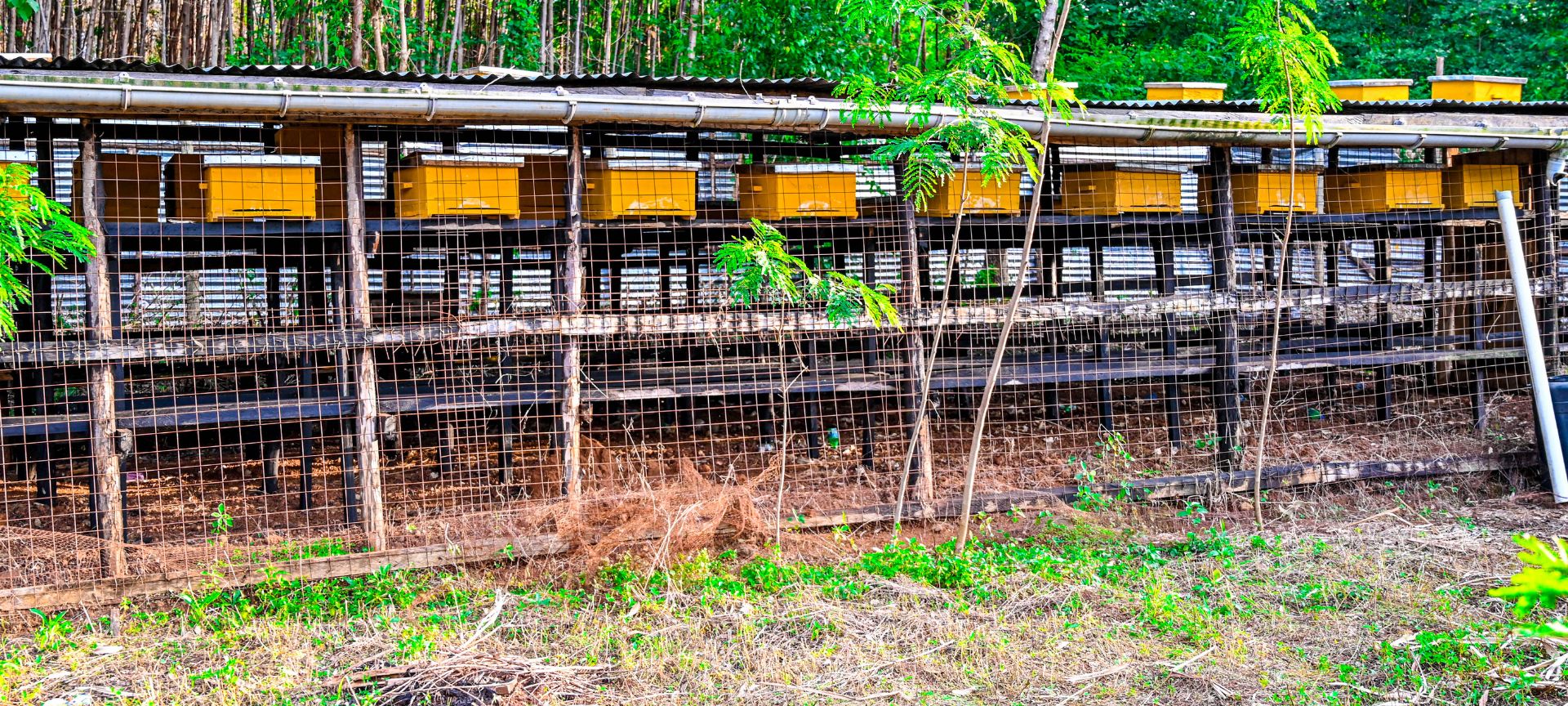
Product
Honey
Type
Organic
Category
Bee Keeping
About Honey Harvesting
Harvest Innovations
Honey harvesting has seen several innovations aimed at improving efficiency, sustainability, and beekeeper convenience. These innovations leverage technology and creative solutions to streamline the harvesting process and enhance the quality of the honey. Here are some examples:
1. Flow Hive Technology: Flow hive technology revolutionizes honey harvesting by allowing beekeepers to extract honey directly from the hive without disrupting the bees. This system features specially designed frames with honeycomb cells that can be opened and drained using a tap-like mechanism, eliminating the need for traditional extraction methods. Flow hives reduce stress on the bees and minimize the labor-intensive aspects of honey harvesting, making it more accessible to beekeepers of all skill levels.
2. Remote Monitoring Systems: Remote monitoring systems incorporate sensors and digital technologies to provide real-time insights into hive health and honey production. These systems track parameters such as temperature, humidity, hive weight, and bee activity, allowing beekeepers to monitor their colonies remotely and make informed decisions about when to harvest honey. By optimizing timing and efficiency, remote monitoring systems help maximize honey yields while ensuring the well-being of the bees.
3. Automated Honey Extraction Equipment: Automated honey extraction equipment streamlines the extraction process, reducing manual labor and increasing productivity. These machines can handle large volumes of honeycomb frames, automatically uncapping the cells, spinning out the honey, and filtering it for purity. Automated extraction equipment is particularly beneficial for commercial beekeeping operations, where efficiency and scale are paramount.
4. Natural Hive Designs: Innovations in hive design focus on creating more natural and bee-friendly habitats for honey production. Alternative hive designs, such as horizontal top-bar hives and hexagonal comb hives, mimic the structure of wild beehives, promoting natural bee behaviors and minimizing stress. These designs often incorporate features such as insulated walls, ventilation systems, and removable panels for easy access and management.
5. Environmental Sustainability Practices: Innovations in honey harvesting also encompass sustainable practices aimed at reducing environmental impact and promoting biodiversity. Beekeepers are increasingly adopting organic and regenerative farming practices to create pollinator-friendly landscapes and minimize exposure to pesticides and pollutants. Additionally, initiatives such as bee-friendly certification programs and agroforestry projects support the conservation of bee habitats and the preservation of bee populations.
These innovations represent ongoing efforts to enhance the honey harvesting process and promote the sustainability of beekeeping practices. By embracing technology, creativity, and environmental stewardship, beekeepers can continue to innovate and adapt to the evolving needs of honey production while ensuring the health and vitality of bee populations.

